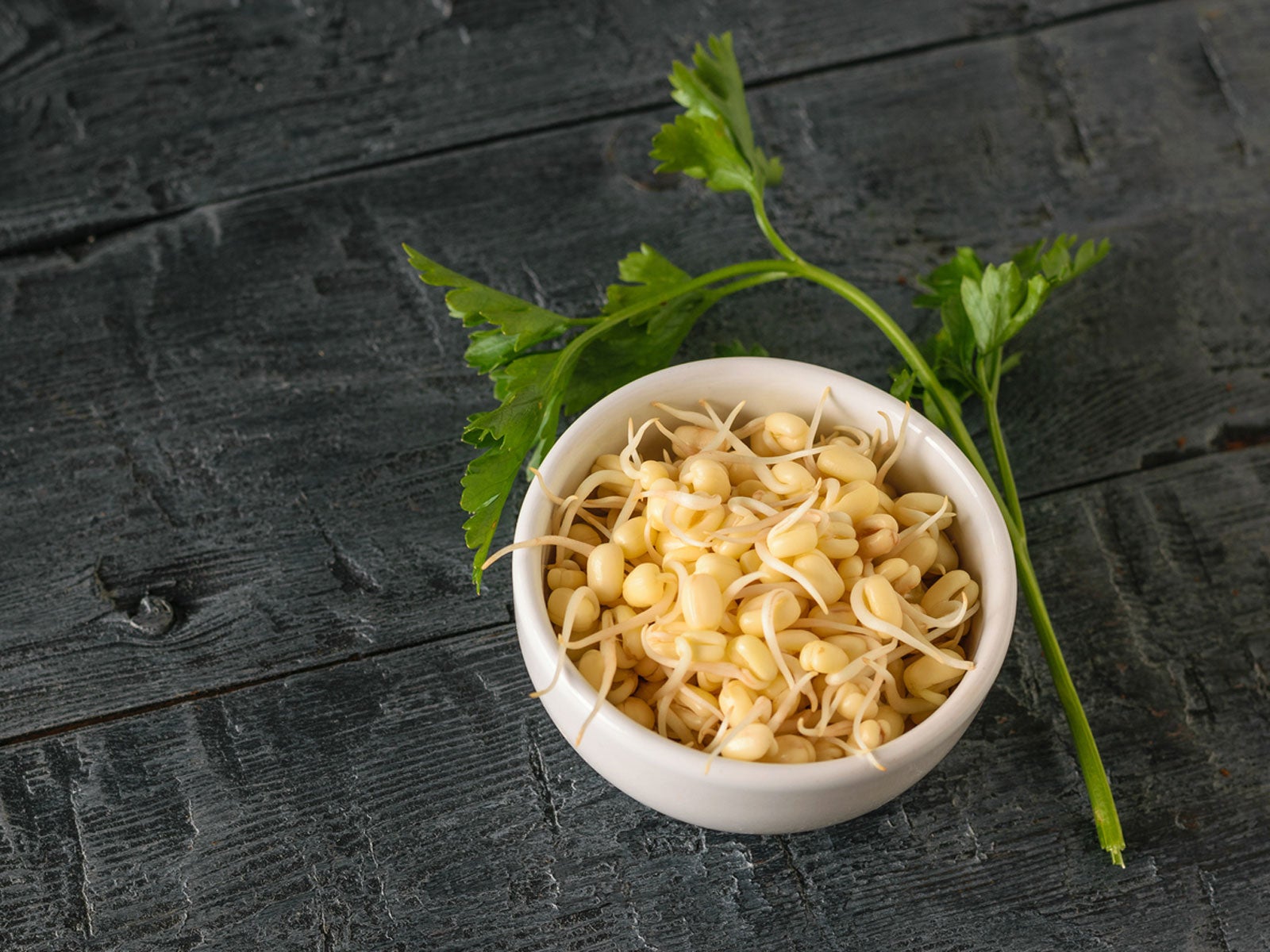Plant-Based Protein: How To Get Protein From Plants In The Garden


Protein is an essential component to building hair, skin, muscle, and more. Vegans and others who do not consume animal meats, eggs, or milk may find it challenging to get enough protein from plants. However, plant-based protein is found in abundance in many sources.
You can grow enough protein in the garden for your whole family if you know which plants provide the most of this basic need.
Including Plants for Protein in Your Diet
You don't have to be vegan to want to eat more plants that provide protein. Studies show that switching to a mostly plant-based diet can help save our planet in several ways. You can even consider it a fun challenge to select and grow plants for protein. Such a garden will give wonderful health benefits while easing global hunger and protecting rainforests.
Focusing on fruits, grains, and veggies as your main food source can help save acres of rainforest which are cleared for animal agriculture. Another reason to highlight protein in the garden is because it saves money. Animal products are more expensive to buy and produce than plant-based foods.
Such a diet has also been shown to lower risks of diabetes, cardiovascular disease, obesity, and reduces the chances of cancer. Plants that provide protein have all these health benefits and more.
Varieties of Plant Based Protein
Most of us know that legumes pack a protein punch, but what other types of plants are high in these necessary amino acids? Every plant contains some protein since it is an essential building block for all life. The amount varies by plant but you can be assured of at least some protein with every veggie or fruit you eat.
These plant-based proteins have the highest amounts per cup:
Gardening tips, videos, info and more delivered right to your inbox!
Sign up for the Gardening Know How newsletter today and receive a free copy of our e-book "How to Grow Delicious Tomatoes".
- Legumes – Huge variety such as peanuts, chickpeas, beans, lentils, and peas (10 grams)
- Nuts and Seeds – Nuts and seeds add dimension to plant-based meals (6-12 grams)
- Whole Grains – Good fiber and many other nutrients, plus they’re versatile (6-12 grams)
While these are the top three types of plants for protein, other foods also bring a lot of protein to the table. Some of these include:
Accessing Protein from Plants
You can amp up your plant-based protein even more by combining complimentary plants. Doing this in the correct way offers "complete" proteins. Most plants do not have all the amino acids we need, but by combining them, all the necessary needs can be present in the diet.
Eating beans with rice is a classic example of a plant-based complete protein. If you combine legumes with any one of the top three protein plants, you can be assured of a complete protein. The best way to get complete proteins daily is by eating a wide variety of fruits, grains, and nuts.

Bonnie Grant is a professional landscaper with a Certification in Urban Gardening. She has been gardening and writing for 15 years. A former professional chef, she has a passion for edible landscaping.
-
 Looking For Plants To Give You The Soft And Fuzzies? Try These 5 Fuzzy Leaf Plant Options
Looking For Plants To Give You The Soft And Fuzzies? Try These 5 Fuzzy Leaf Plant OptionsLovers of texture, drama, silver foliage and tactile plants will adore these special sensory garden additions. These fuzzy leaf plant options will leave you all aglow
By Susan Albert
-
 Get Ready For A Summer Of Hummers! Grow These Full Sun Hummingbird Plants and Flowers
Get Ready For A Summer Of Hummers! Grow These Full Sun Hummingbird Plants and FlowersIf you’re lucky enough to enjoy a sunny backyard, make sure you are maxing out on your pollinator opportunities and grow these full sun hummingbird plants and flowers
By Tonya Barnett
-
 How Many Vegetables To Plant Per Person For A Year
How Many Vegetables To Plant Per Person For A YearGauging how much to plant in a vegetable garden can eliminate waste while still producing enough for your family. Click for more.
By Bonnie L. Grant
-
 13 Perennial Fruits And Vegetables You Only Have To Plant Once
13 Perennial Fruits And Vegetables You Only Have To Plant OnceLooking to set it and forget it? Find out which fruits and vegetables can be grown as perennials.
By Laura Miller
-
 11 Edible Plants For A Year-Round Garden In A Bucket
11 Edible Plants For A Year-Round Garden In A BucketWant to know how to grow food inside your house and which foods do best indoors? Click here to learn all about it.
By Bonnie L. Grant
-
 Frost Tolerance Of Vegetables From Least To Most Hardy
Frost Tolerance Of Vegetables From Least To Most HardyHow cold can vegetables tolerate? Knowing which veggies will survive frosts and freezes is essential for the success of your garden. Click here for more.
By Laura Miller
-
 Best Vegetables To Pickle Straight From The Garden
Best Vegetables To Pickle Straight From The GardenPickles aren’t limited to just cucumbers. Read on for tips on pickling your fresh veggies.
By Amy Grant
-
 Benefits Of Planting In Fall Vs. Spring Vegetable Plots
Benefits Of Planting In Fall Vs. Spring Vegetable PlotsLearn why some vegetables do better if you plant them in fall instead of spring.
By Laura Miller
-
 Interplanting Vegetables In The Fall Garden
Interplanting Vegetables In The Fall GardenLearn all about the benefits of interplanting vegetables for your fall garden.
By Laura Miller
-
 Best Vegetables For Growing In Perlite
Best Vegetables For Growing In PerlitePerlite is a natural growing medium that comes from super-heated volcanic glass. In some cases, it works better than soil. Read on for more info.
By Laura Miller